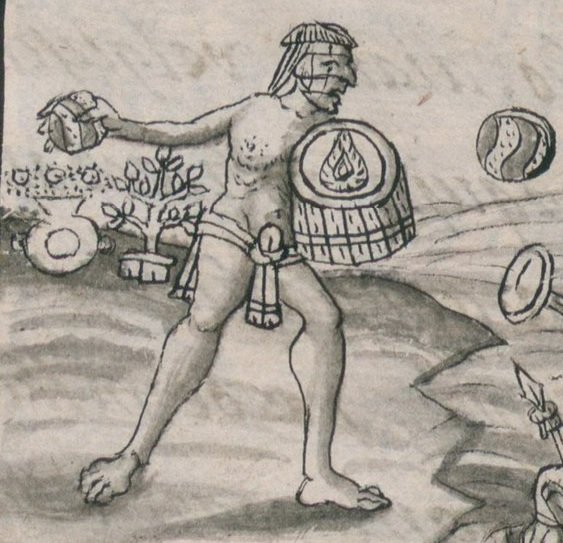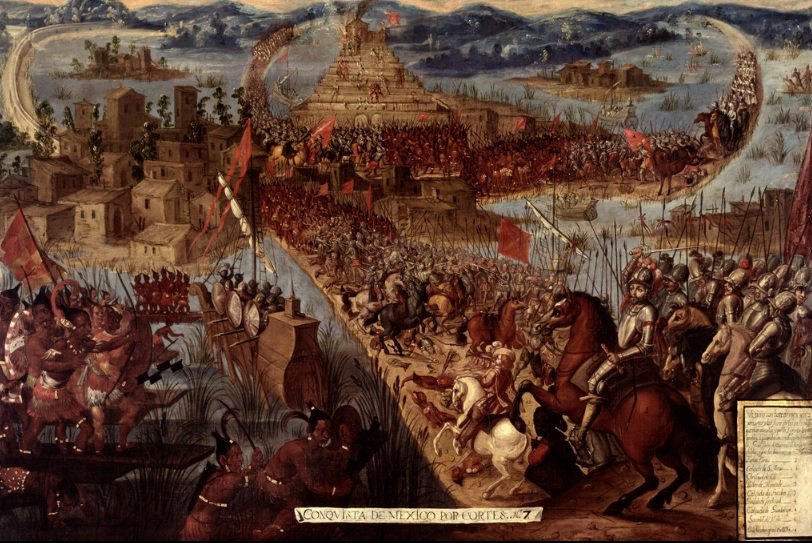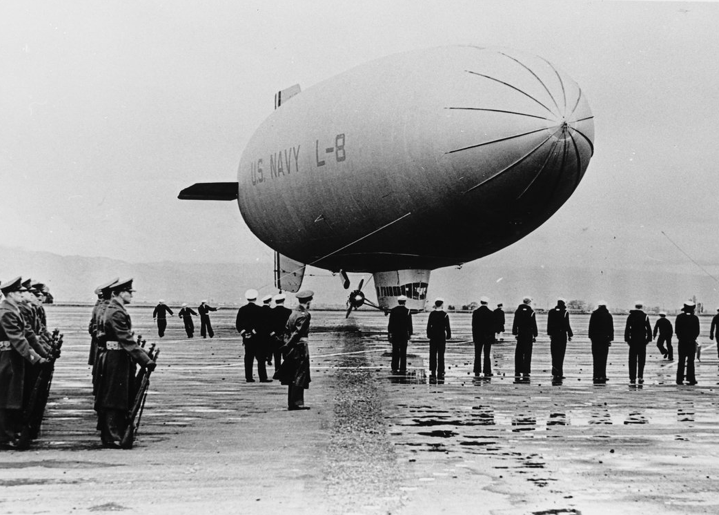Tzilacatzin: The Amazing Tlatelolca Warrior

A drawing of warrior Tzilacatzin. Source: Wikipedia
Tzilacatzin was a incredibly skilled warrior from Tlatelolco, part of the Otomi or Otontin warrior class. He became famous for being a hero during the Siege of Tenochtitlan.
The Legend of Tzilacatzin

A painting of Hernan Cortes’ conquest of Tenochtitlan where Tzilacatzin is believed to have perished. Photo: Wikipedia
In 1519, Hernán Cortés arrived on the Yucatan Peninsula with 500 soldiers. This event was quite similar to a prophecy that predicted the return of the Aztec god Quetzalcoatl that year. Quetzalcoatl, the feathered serpent, had promised to come back after being banished long ago. Unfortunately, Cortés was no god. He was a man who was motivated by greed for power and riches, and he ultimately brought down the once-great Aztec empire.
The conquistadors besieged Tenochtitlan, the capital of the Aztec Empire, in 1521. This event was the turning point that led to the fall of the Aztecs.
When the Spanish invaded Tlatelolco, Tzilacatzin was one of the three brave warriors who led the defense against them, along with Tzoyectzin and Temoctzin. The Spanish landed on the island and at first, the warriors were too scared to attack them. But Tzilacatzin had no fear and started throwing rocks at the Spaniards, killing several of them.
The Spaniards tried to focus their fire on Tzilacatzin, but he was too slick for them. He disguised himself as a common soldier and changed his appearance using different items like a hairpiece made of eagle feathers and accessories made of gold and shells. Sometimes he fought without armor or head protection just to intimidate the Spaniards with his bravery.
Later on, when the Spaniards landed in Xocotitlan, Tzilacatzin and his men forced them to flee back to their boats. He was one of only three warriors who weren't afraid of the Spanish invaders. The other two were Tzoyectzin and Temoctzin. When the Spaniards realized they couldn't defeat the Mexica, they gave up and retreated. Tzilacatzin and the other two warriors became legends who fought fearlessly until the very end.
A video telling the story of Tzilacatzin
If you enjoyed learning about Tzilacatzin you might also be interested in the legend of the Hoop Snake or the Kandahar Giant.





























